Here’s a quick look at just a few of the birds that have been moving northward in recent days…
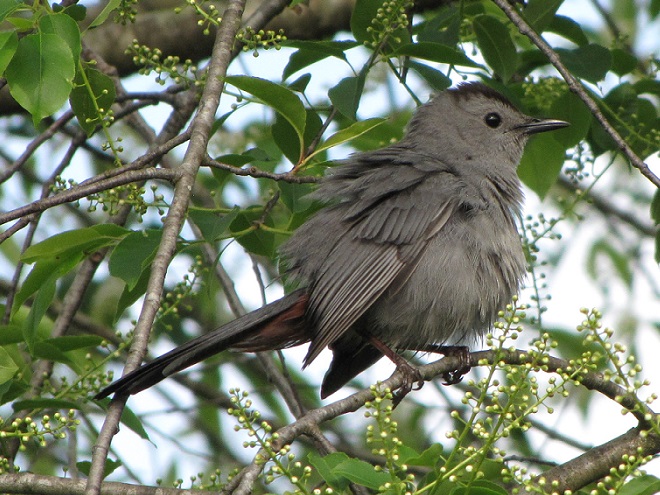
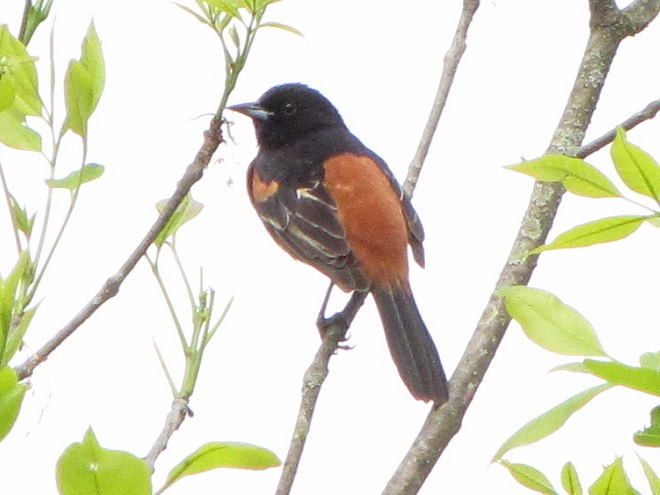

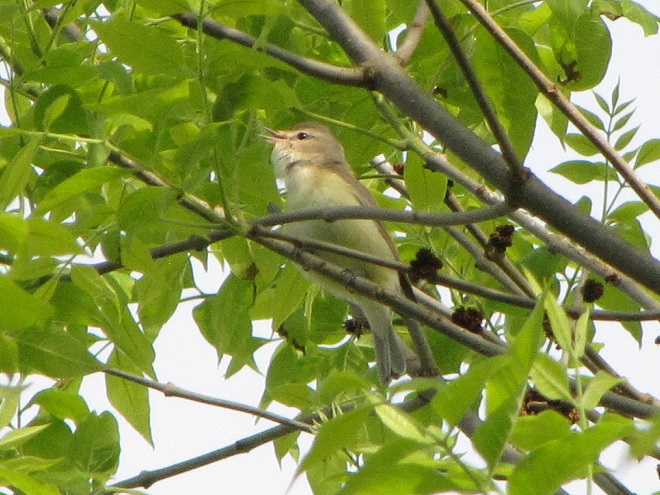


A Natural History of Conewago Falls—The Waters of Three Mile Island
Here’s a quick look at just a few of the birds that have been moving northward in recent days…





For nearly a week now, a slow-moving low pressure system has not only brought heavy rain and cold temperatures to the northeastern United States, it has also stalled the northbound flights of migrating Neotropical birds. As this weather system at last drifts offshore, birds including warblers, thrushes, vireos, flycatchers, catbirds, hummingbirds, orioles, tanagers, and others should again resume their northward movements.
National Weather Service radar presently displays returns of these airborne nocturnal migrants in clear storm-free skies throughout the eastern half of the United States and Canada. As the showers and clouds depart the lower Susquehanna valley and areas to the north, the birds immediately to our south will begin to fill the void.
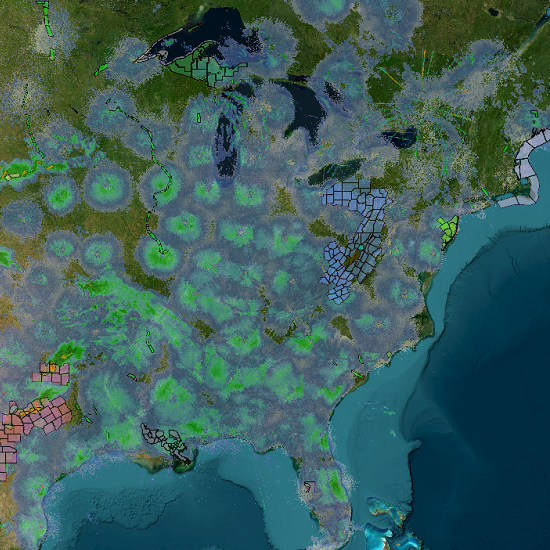
Our advice to you…plan to spend some time outdoors this weekend looking for our colorful Neotropical visitors. Their springtime songs should fill the warm air of forest and thicket. You won’t want to miss it.
During the spare time you have on a rainy day like today, you may have asked yourself, “Just how much water do people collect with those rain barrels they have attached to their downspouts?” That’s a good question. Let’s do a little math to figure it out.
First, we need to determine the area of the roof in square feet. There’s no need to climb up there and measure angles, etc. After all, we’re not ordering shingles—we’re trying to figure out the surface area upon which rain will fall vertically and be collected. For our estimate, knowing the footprint of the building under roof will suffice. We’ll use a very common footprint as an example—1,200 square feet.
By dividing the area of the roof by 12, we can calculate the volume of water in cubic feet that is drained by the spouting for each inch of rainfall…
Next, we multiply the volume of water in cubic feet by 7.48 to convert it to gallons per inch of rainfall…
That’s a lot of water. Just one inch of rain could easily fill more than a single rain barrel on a downspout. Many homemade rain barrels are fabricated using recycled 55-gallon drums. Commercially manufactured ones are usually smaller. Therefore, we can safely say that in the case of a building with a footprint of 1,200 square feet, an array of at least 14 rain barrels is required to collect and save just one inch of rainfall. Wow!
Why send that roof water down the street, down the drain, down the creek, or into the neighbors property? Wouldn’t it be better to catch it for use around the garden? At the very least, shouldn’t we be infiltrating all the water we can into the ground to recharge the aquifer? Why contribute to flooding when you and I are gonna need that water some day? Remember, the ocean doesn’t need the excess runoff—it’s already full.
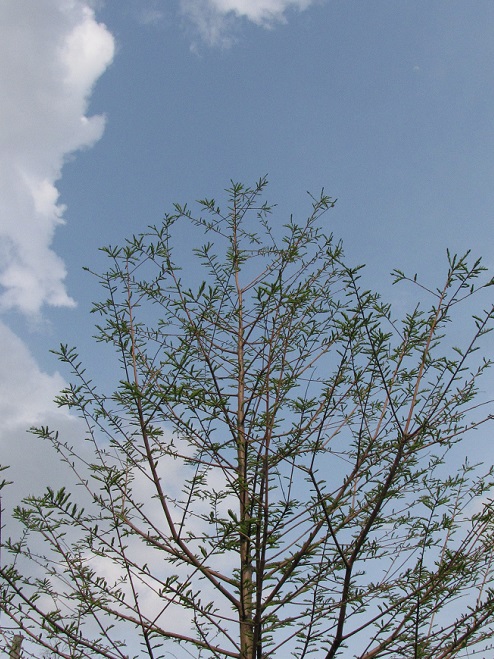
As your editor here at susquehannawildlife.net, I’d like to take a moment to thank all the volunteers who gave of their valuable time today to pick up litter, plant trees, and take other civic actions in observance of Earth Day. Your hard work has not gone unnoticed.
Special appreciation goes out to the anonymous crew that worked its way through the area surrounding our headquarters to pick up the trash on the rental and business properties in the neighborhood. My personal thanks is extended to you.
If you’ve never lived in an urban or downtown area, you’re probably unaware of the environmental damage and decline in the quality of life that occurs when “investors” start buying up the houses near you. The first things to go are the trees and shrubs—less maintenance that way. Next, more paving is installed to park more cars. That leads to more stormwater runoff, so look out if you happen to live downstream. Then the long-term neglect begins. The absentee “slumlords” show up only to collect the rent, if at all. Unless the tenants are conscientious enough to do a little sweeping, the rubbish begins to accumulate. It’s a funny thing, when there’s a bunch of junk lying around, people feel compelled to start dumping more. So to you volunteers who today helped nip the problem in the bud with your efforts, I want you to know that you’re the best! As for you greedy landlords—shame on you.
With temperatures on the rise in this morning’s bright sunshine, a flight of Eastern Subterranean Termites (Reticulitermes flavipes) streamed from the shelter of this tree snag to ascend skyward in a spreading cloud of kings and queens looking to start new colonies of wood chompers.
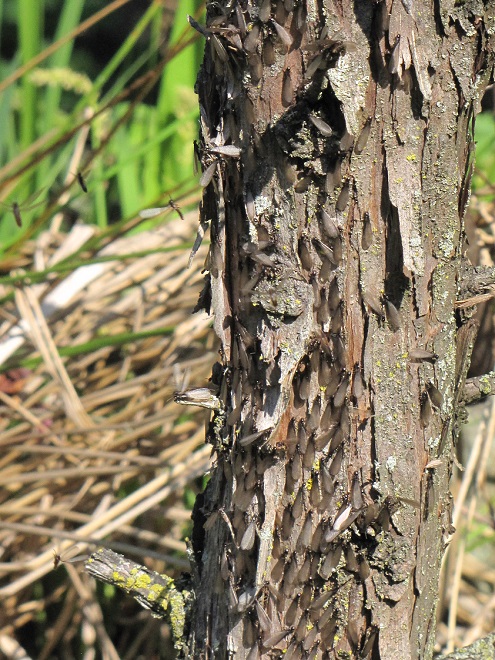
As the swarm cleared the treetops, it immediately attracted the attention of some recently-arrived migratory birds…
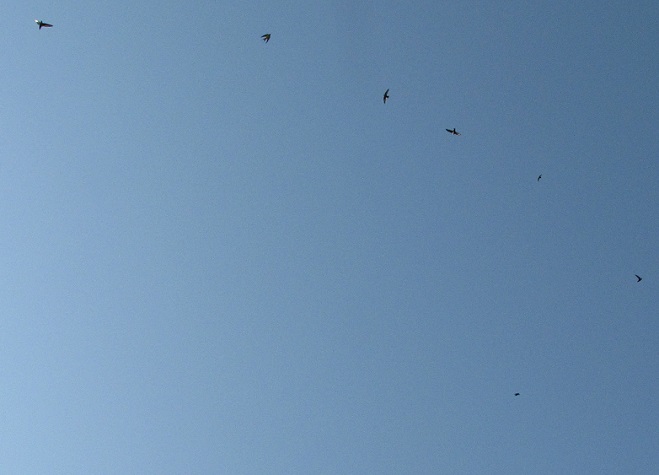
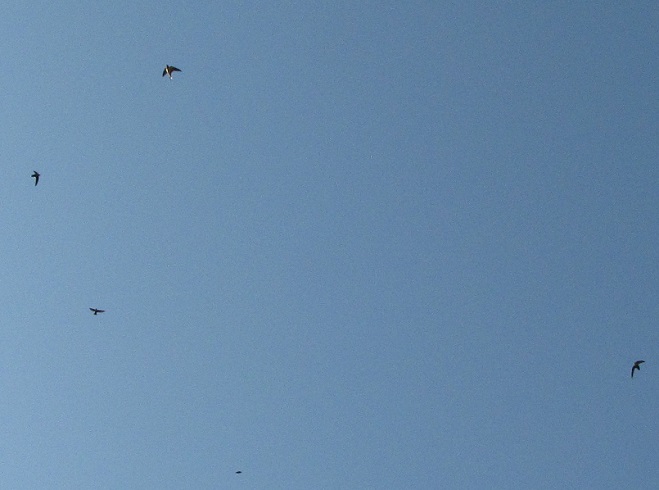
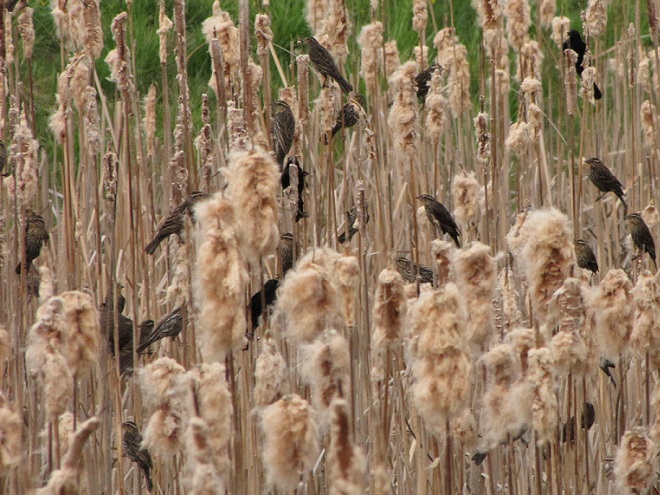
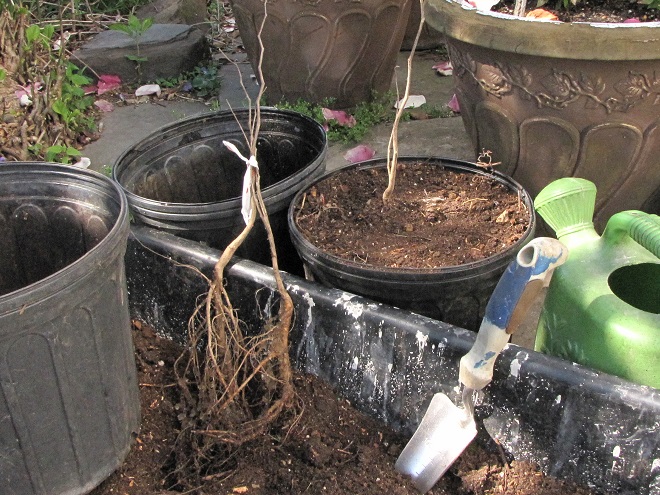
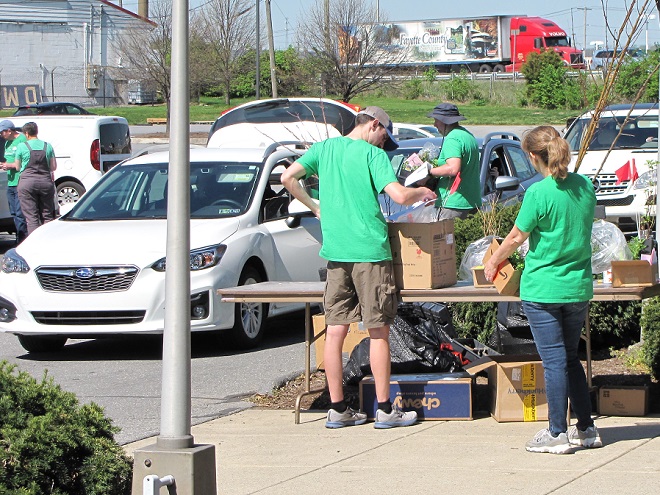
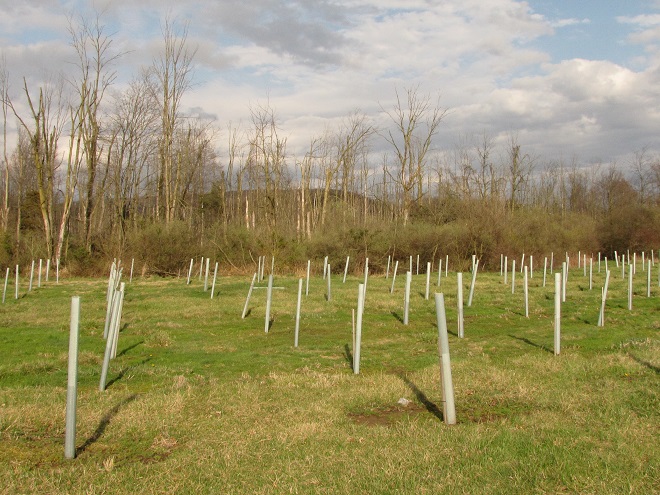
If you’re like us, you’re forgoing this year’s egg hunt due to the prices, and, well, because you’re a little bit too old for such a thing.
Instead, we took a closer look at some of our wildlife photographs from earlier in the week. We’ve learned from experience that we don’t always see the finer details through the viewfinder, so it often pays to give each shot a second glance on a full-size screen. Here are a few of our images that contained some hidden surprises.
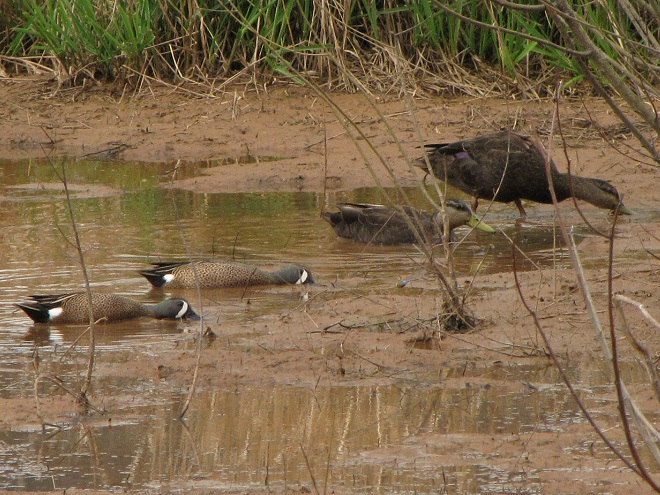
..but upon closer inspection we located…
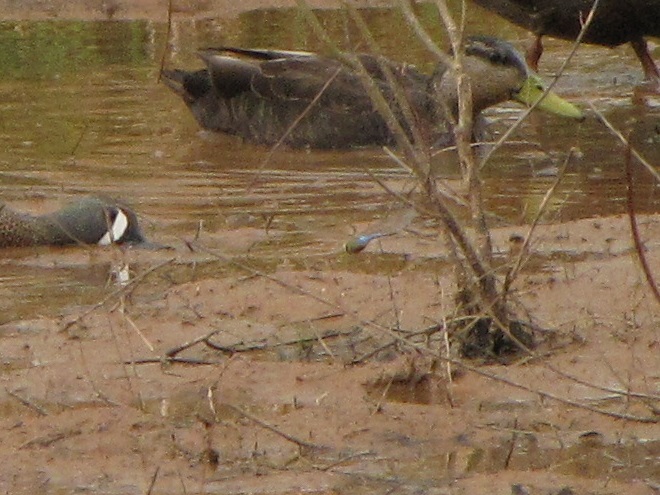
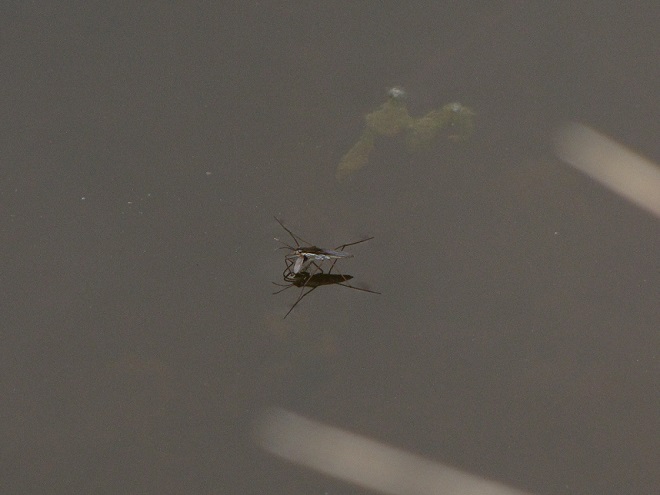
..but after zooming in a little closer we found…
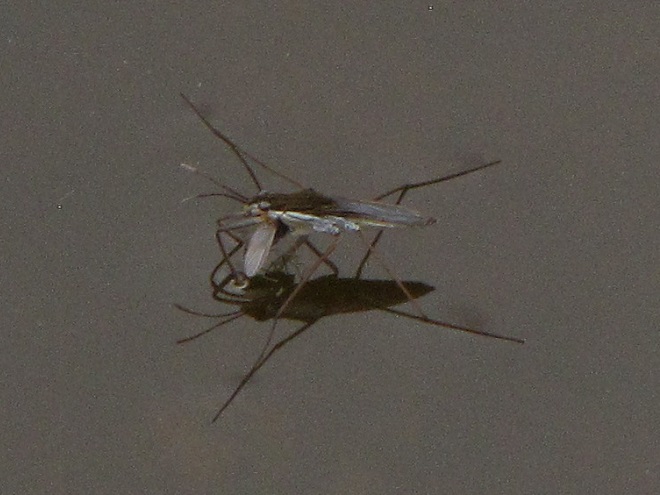
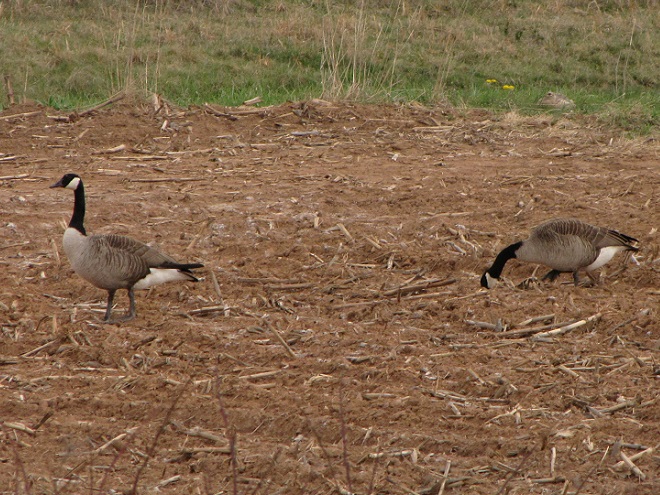
..but then, following further examination, we discovered…
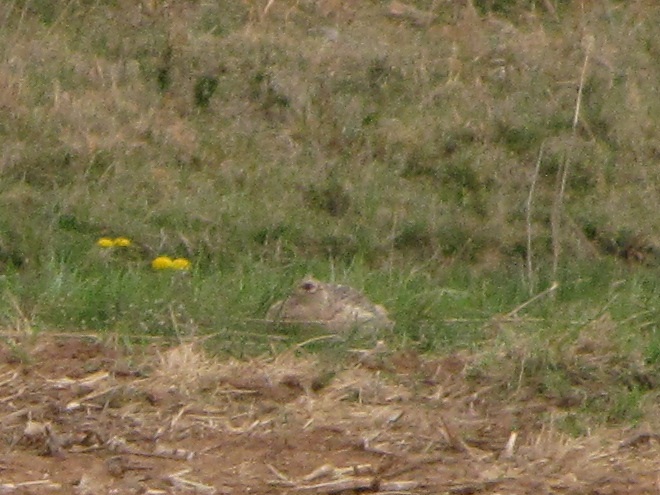
THE BAD EGG

…but a careful search of the flock revealed…
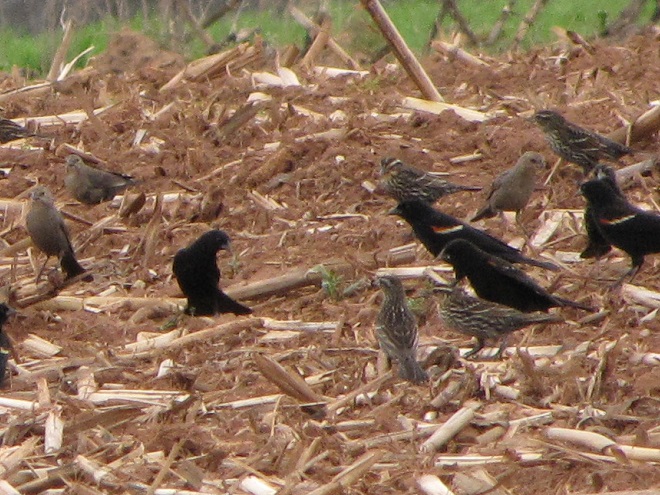
Have you noticed a purple haze across the fields right now? If so, you may have wondered, “What kind of flowers are they?”
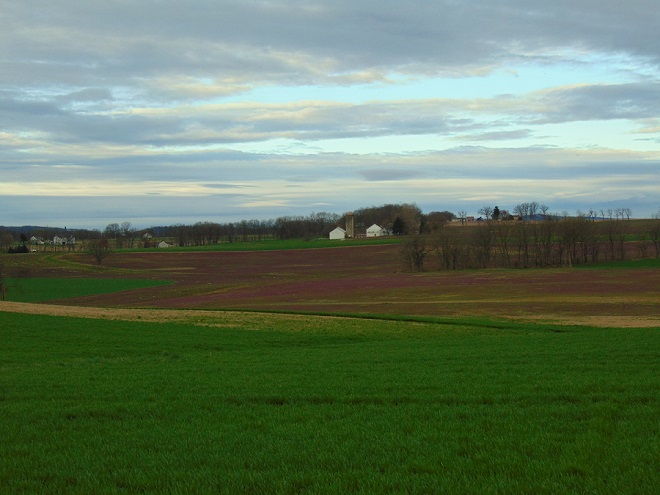
Say hello to Purple Dead Nettle (Lamium purpureum), a non-native invasive species that has increased its prevalence in recent years by finding an improved niche in no-till cropland. Purple Dead Nettle, also known as Red Dead Nettle, is native to Asia and Europe. It has been a familiar early spring “weed” in gardens, along roadsides, and in other disturbed ground for decades.
Purple Dead Nettle owes its new-found success to the timing of its compressed growing season. Its tiny seeds germinate during the fall and winter, after crops have been harvested and herbicide application has ended for the season. The plants flower early in the spring and are thus particularly attractive to Honey Bees and other pollinators looking for a source of energy-rich nectar as they ramp up activity after winter lock down. In many cases, Purple Dead Nettle has already completed its flowering cycle and produced seeds before there is any activity in the field to prepare for planting the summer crop. The seeds spend the warmer months in dormancy, avoiding the hazards of modern cultivation that expel most other species of native and non-native plants from the agricultural landscape.
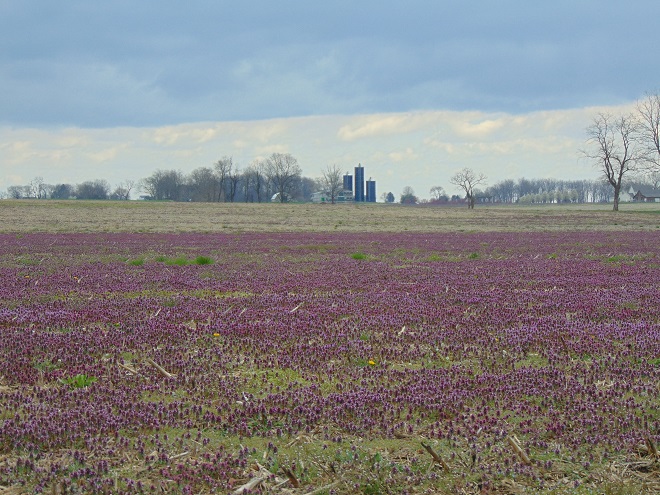
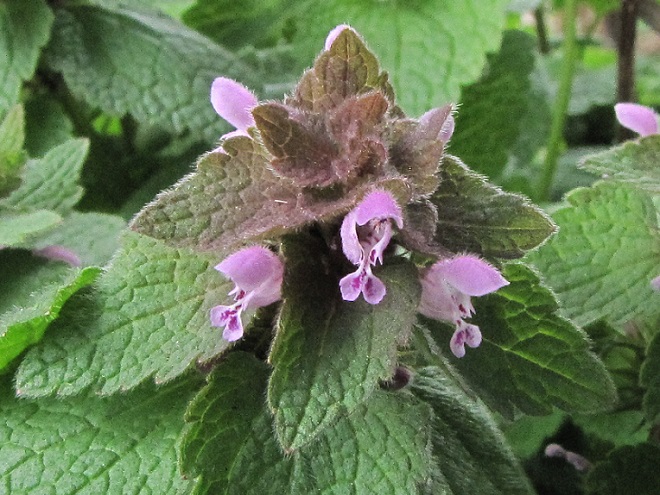
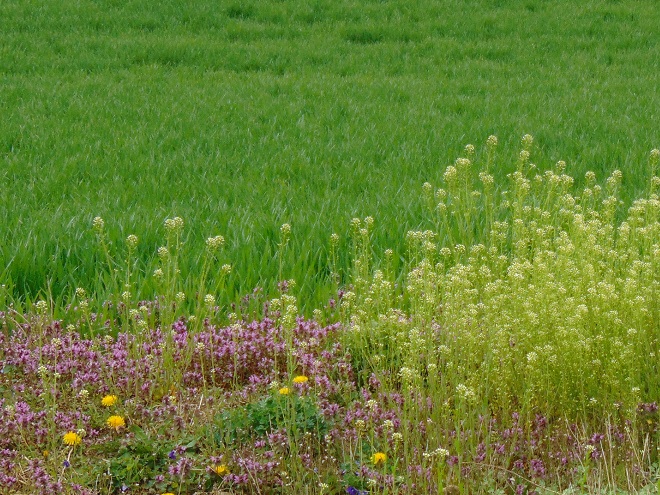
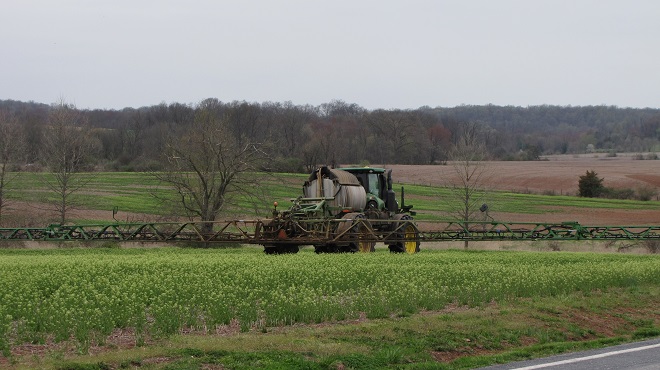
While modern farming has eliminated a majority of native plant and animal species from agricultural lands of the lower Susquehanna valley, its crop management practices have simultaneously invited vigorous invasion by a select few non-native species. High-intensity farming devotes its acreage to providing food for a growing population of people—not to providing wildlife habitat. That’s why it’s so important to minimize our impact on non-farm lands throughout the remainder of the watershed. If we continue subdividing, paving, and mowing more and more space, we’ll eventually be living in a polluted semi-arid landscape populated by little else but non-native invasive plants and animals. We can certainly do better than that.
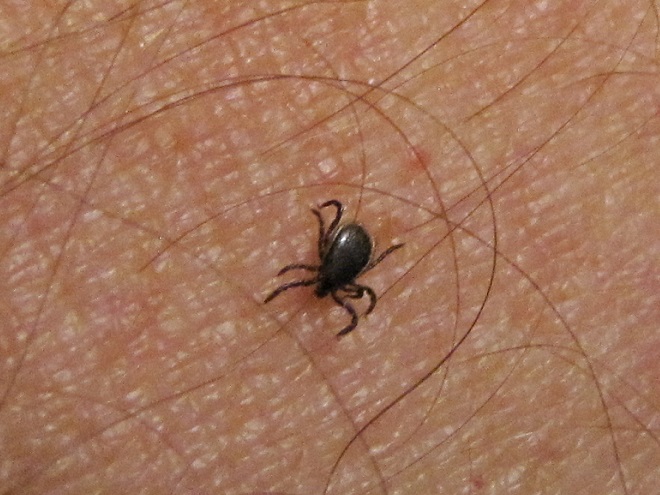
It may look like just a puddle in the woods, but this is a very specialized wetland habitat, a habitat that is quickly disappearing from the Lower Susquehanna River Watershed. It’s a vernal pool—also known as a vernal pond or an ephemeral (lasting a short time) pool or pond.
Viable vernal pools have several traits in common…
To have a closer look at what is presently living in this “black leaf” vernal pool, we’re calling on the crew of the S. S. Haldeman to go down under and investigate.
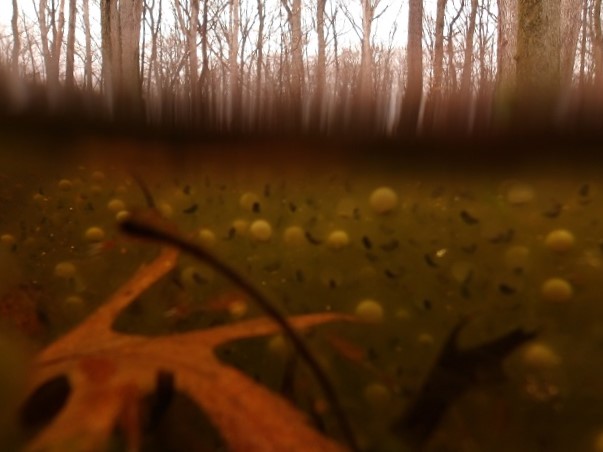

Let’s take it down for a better look. Dive, all dive!
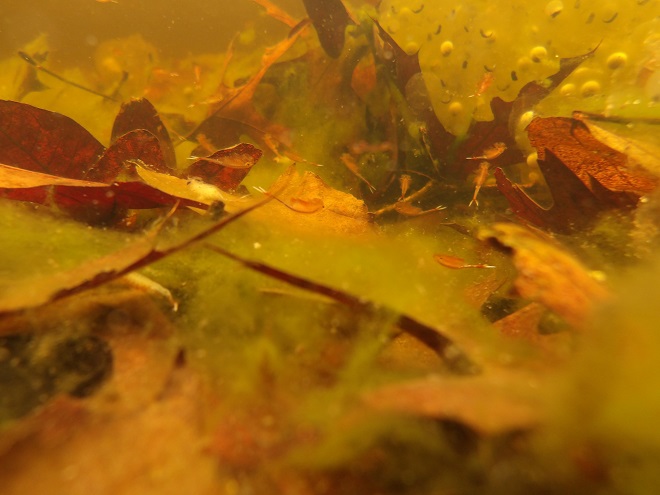
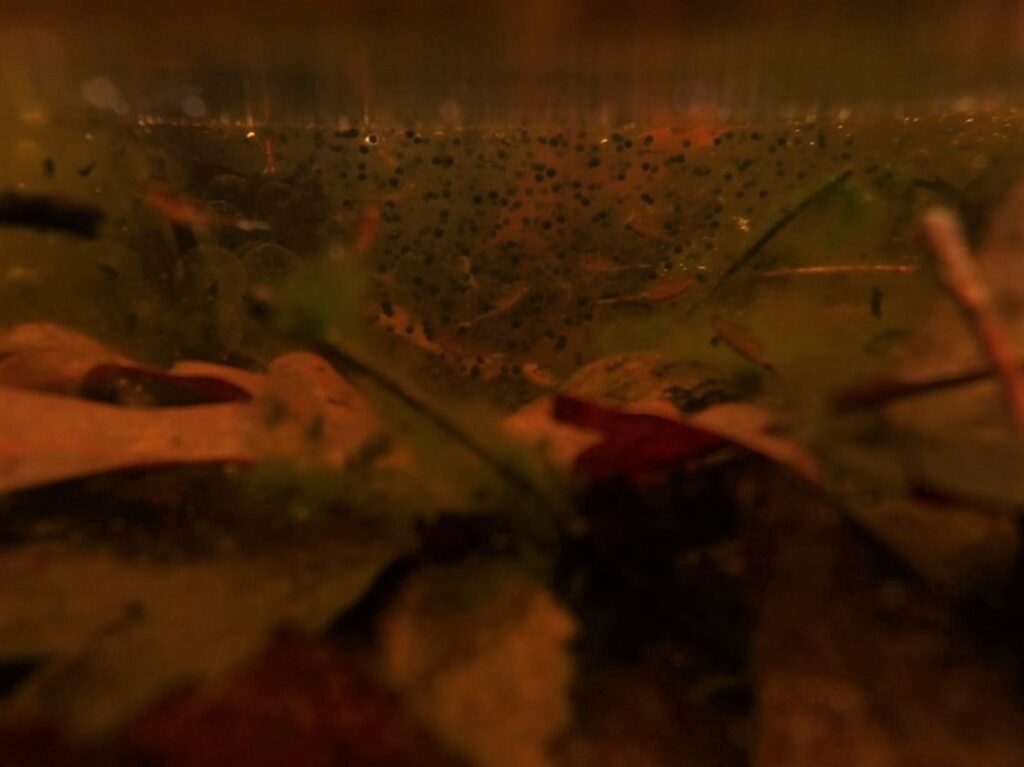
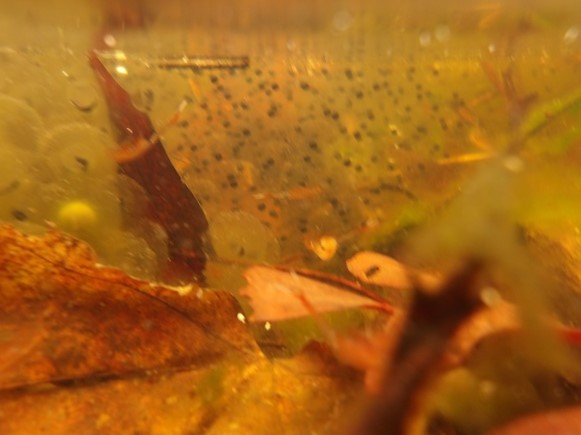
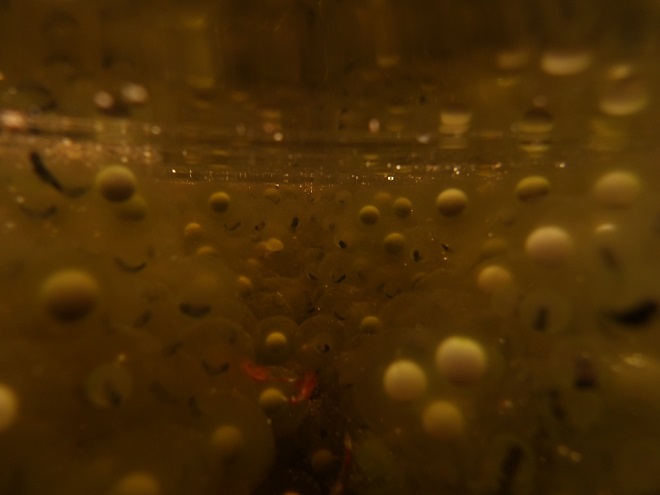
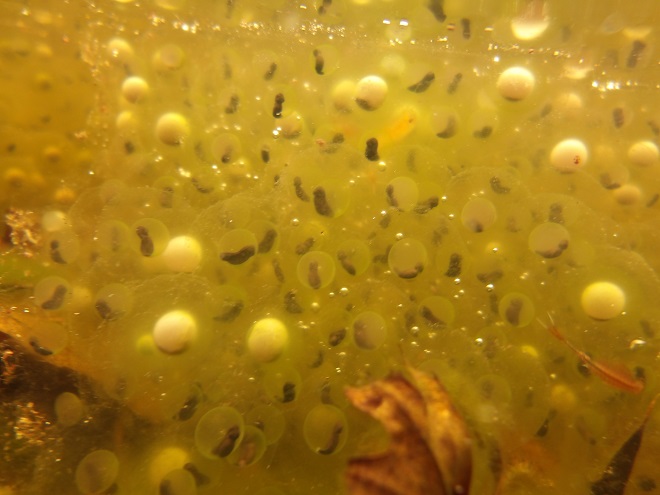
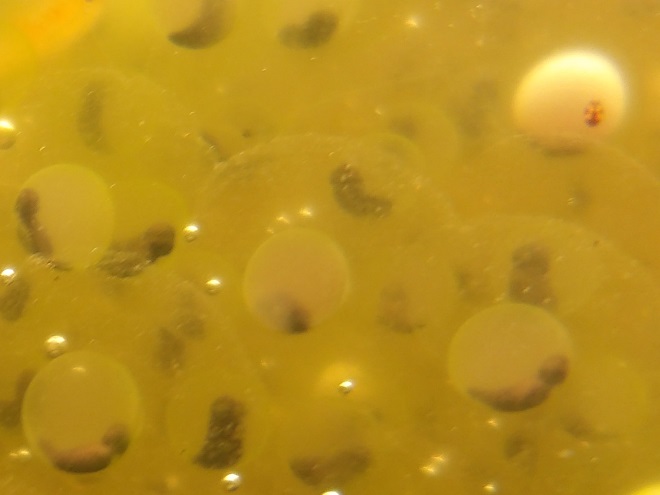
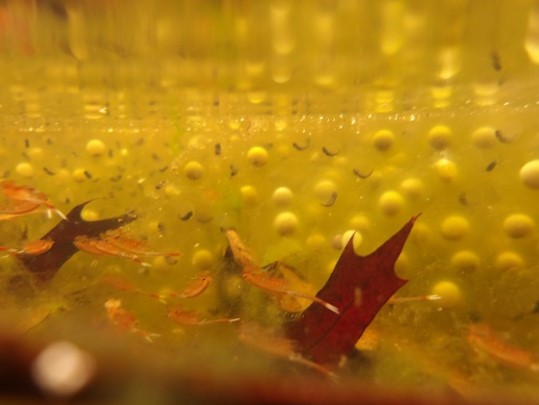
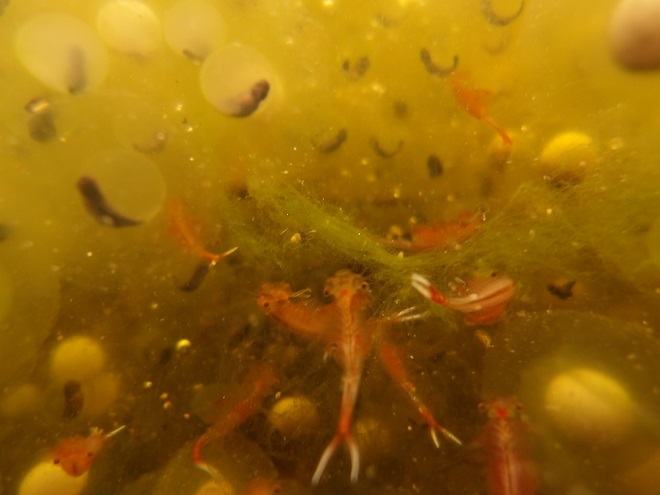
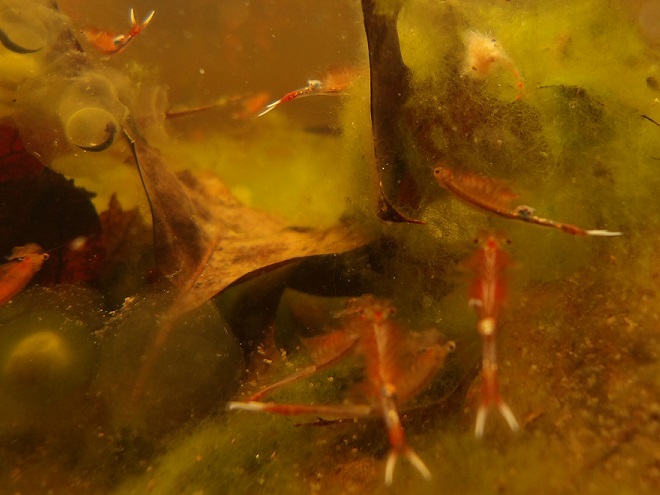


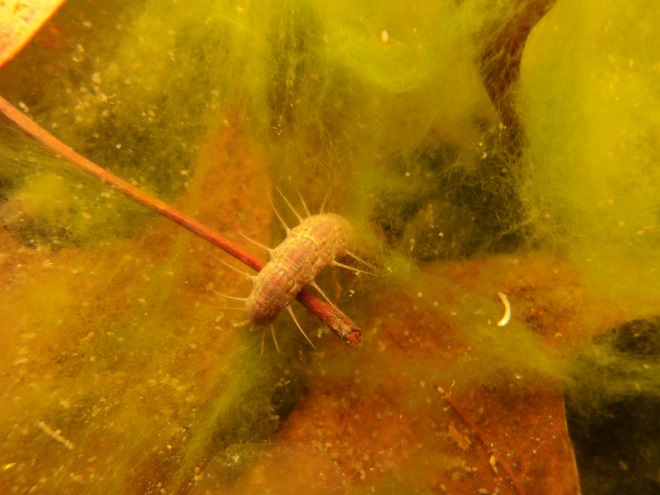

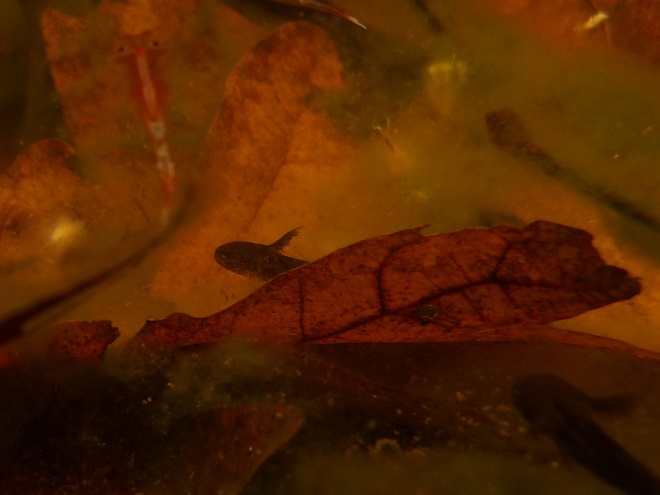

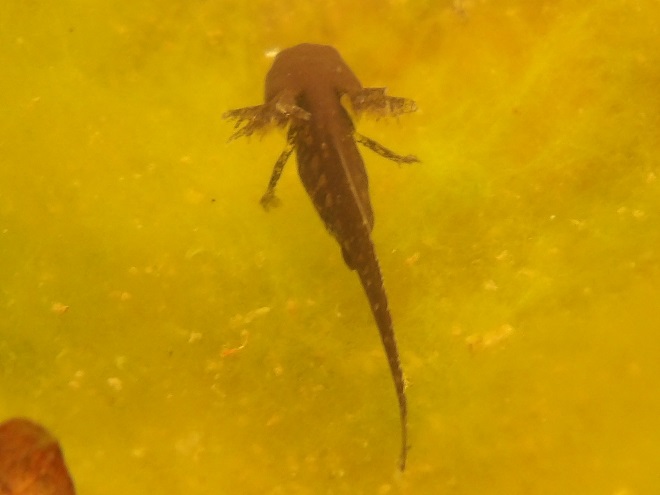
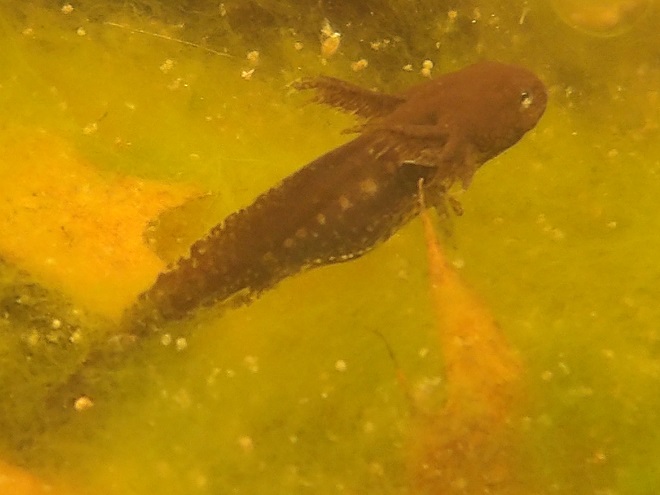
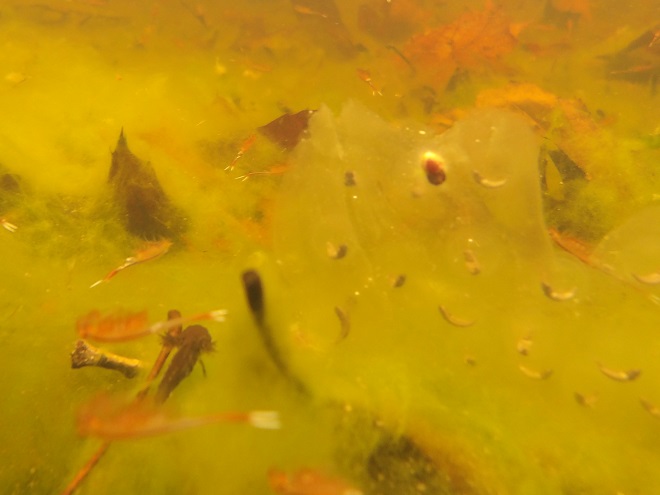
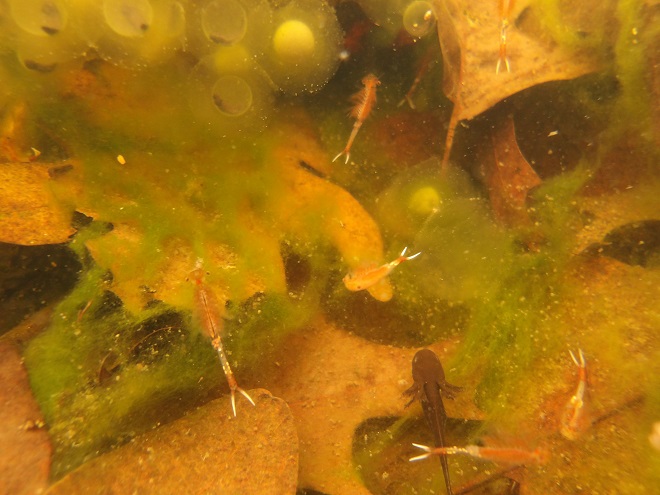
We hope you enjoyed this quick look at life in a vernal pool. While the crew of the S. S. Haldeman decontaminates the vessel (we always scrub and disinfect the ship before moving between bodies of water) and prepares for its next voyage, you can learn more about vernal pools and the forest ecosystems of which they are such a vital component. Be sure to check out…
If you are a landowner or a land manager, you can find materials specifically providing guidance for protecting, restoring, and re-establishing vernal pool habitats at…
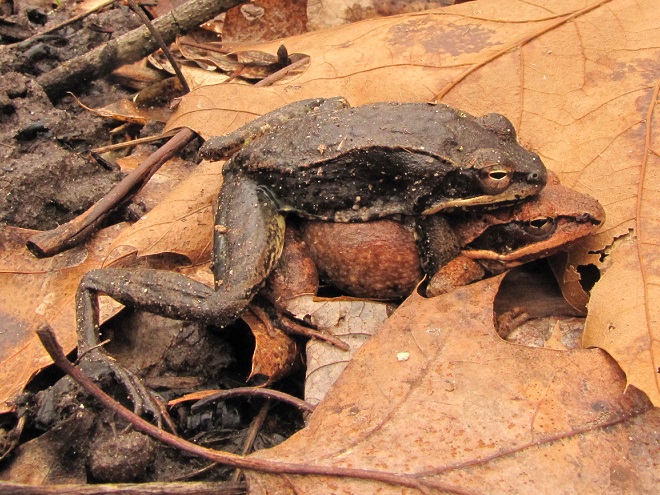
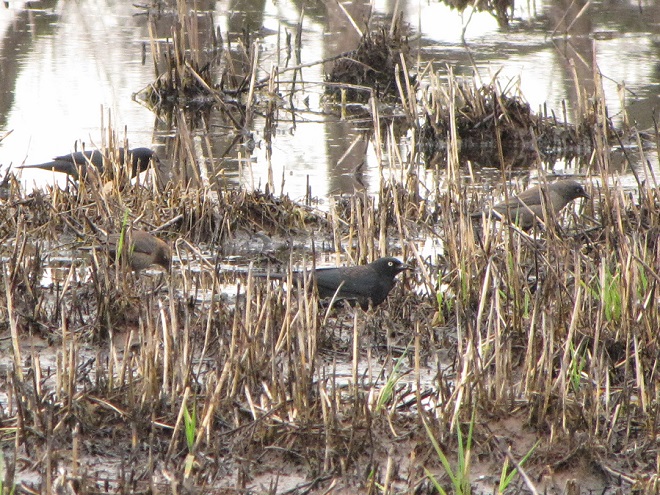
Trying to get a favorable place to nest before others arrive, the “early birds” are presently racing north through the lower Susquehanna valley. Check out these sightings from earlier today…
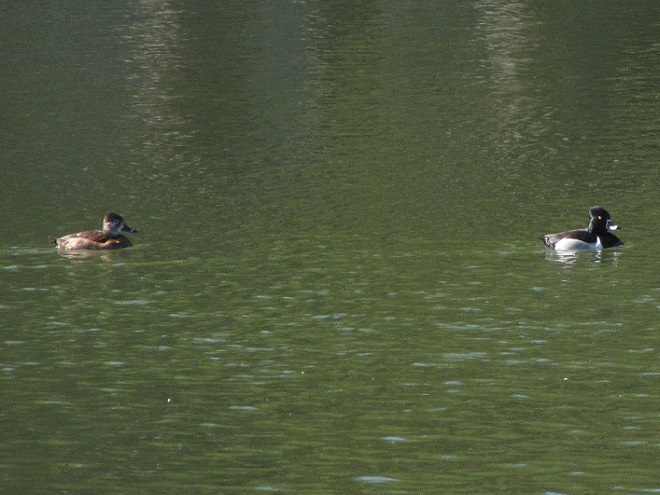
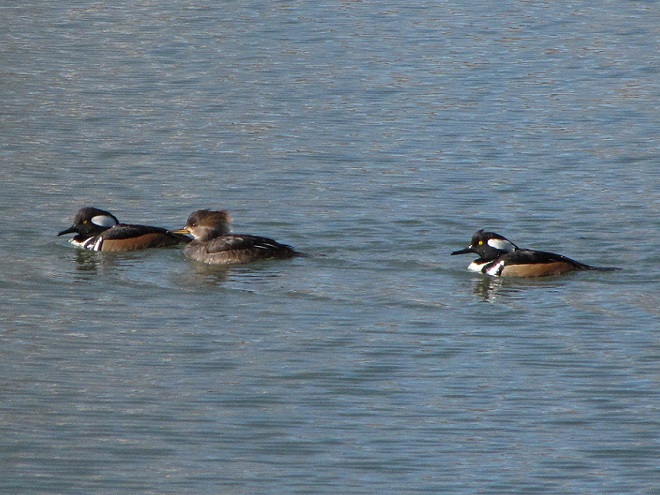
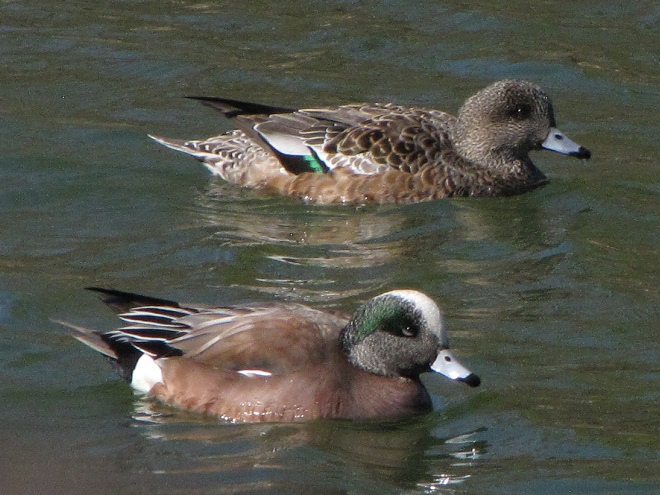

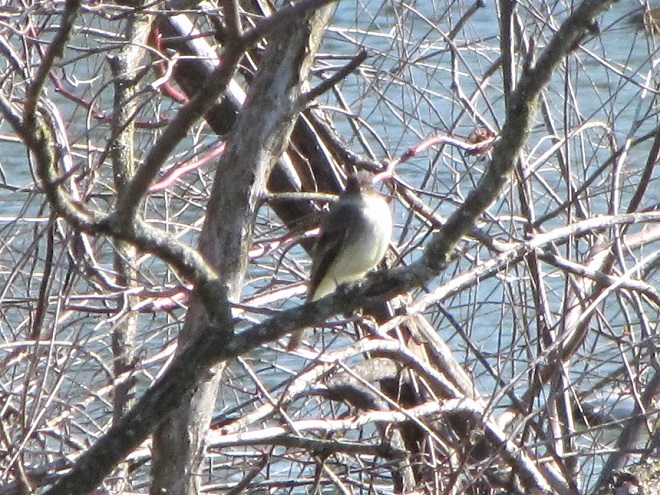
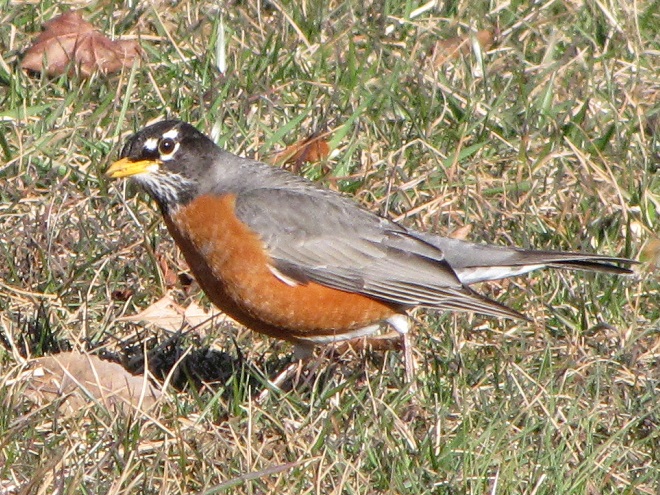
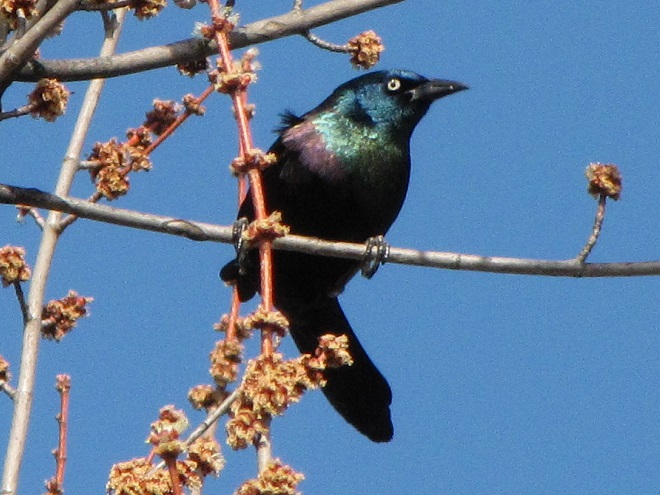
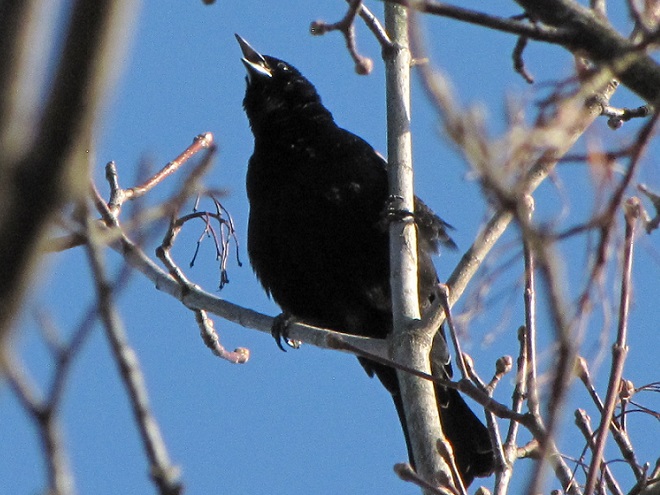
Time to get outside and have a look. The spectacle of spring migration passes quickly. You don’t want to miss it!
This linear grove of mature trees, many of them nearly one hundred years old, is a planting of native White Oaks (Quercus alba) and Swamp White Oaks (Quercus bicolor).
Imagine the benefit of trees like this along that section of stream you’re mowing or grazing right now. The Swamp White Oak in particular thrives in wet soils and is available now for just a couple of bucks per tree from several of the lower Susquehanna’s County Conservation District Tree Sales. These and other trees and shrubs planted along creeks and rivers to create a riparian buffer help reduce sediment and nutrient pollution. In addition, these vegetated borders protect against soil erosion, they provide shade to otherwise sun-scorched waters, and they provide essential wildlife habitat. What’s not to love?
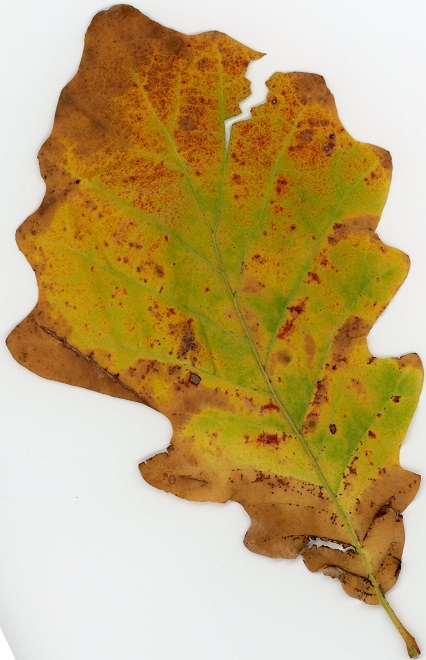
The following native species make great companions for Swamp White Oaks in a lowland setting and are available at bargain prices from one or more of the County Conservation District Tree Sales now underway…
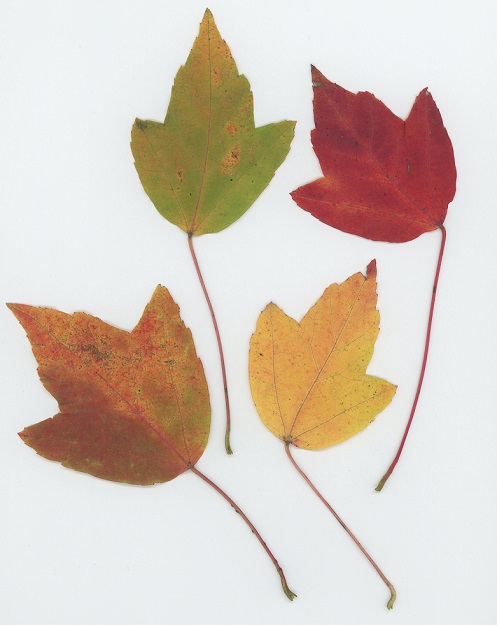
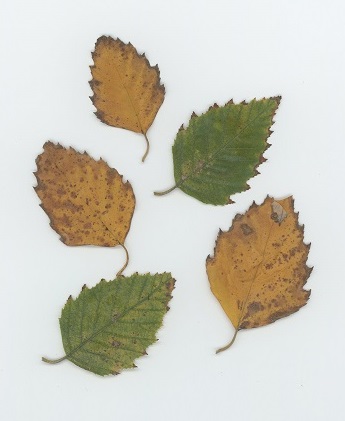
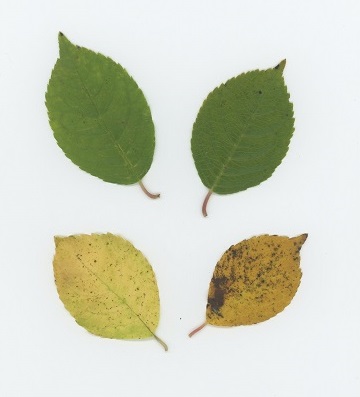
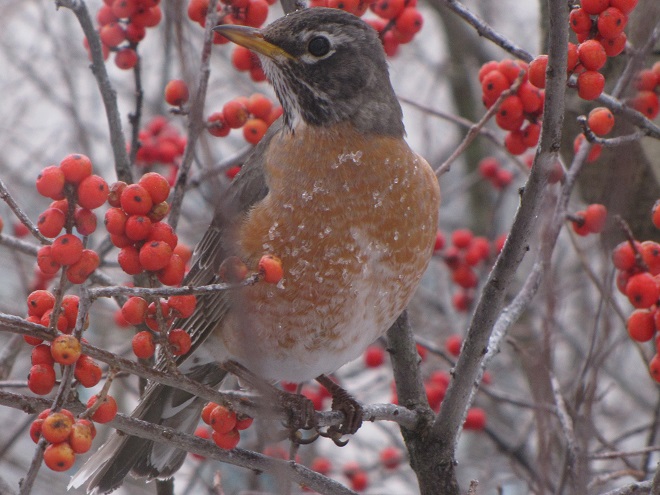
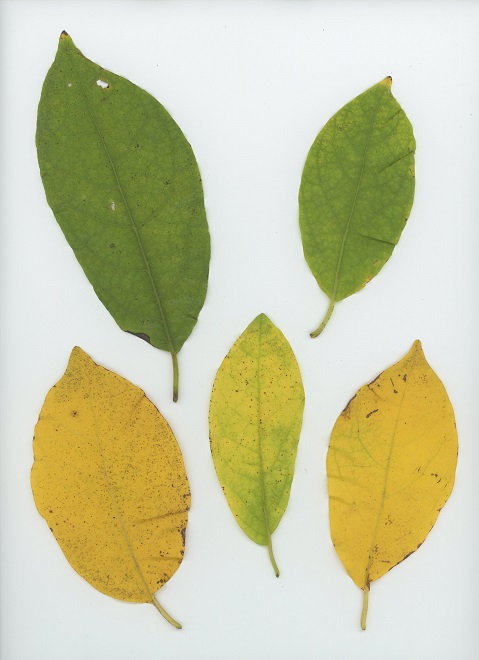
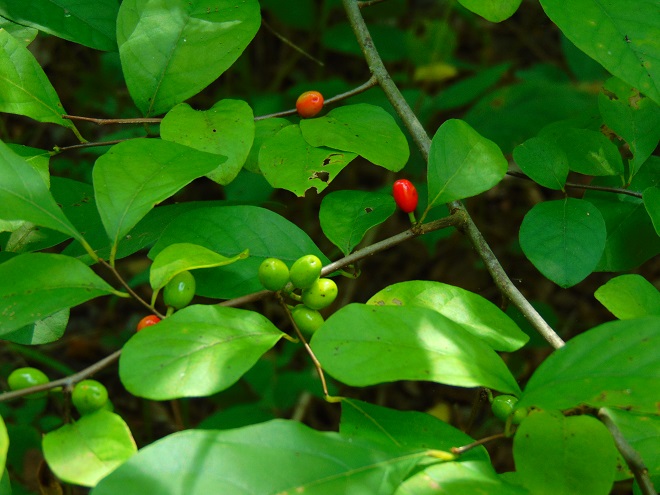
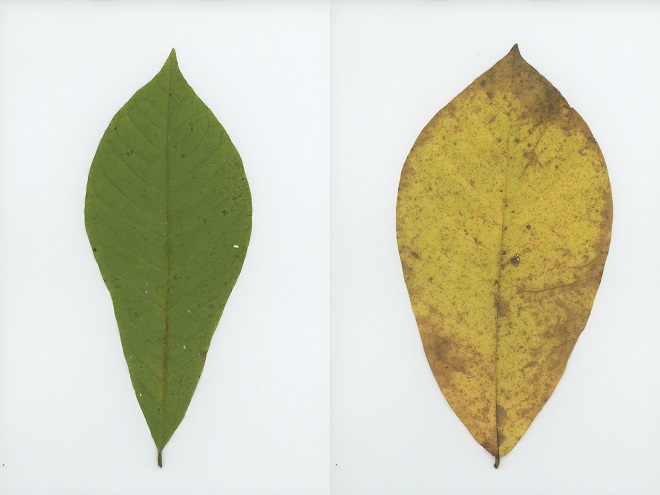
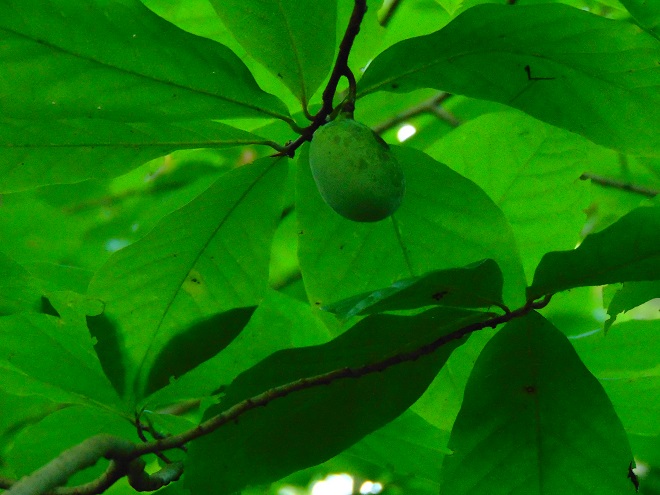
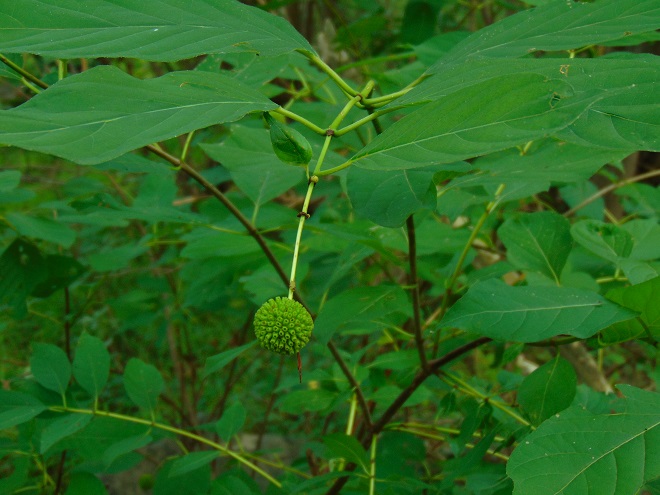
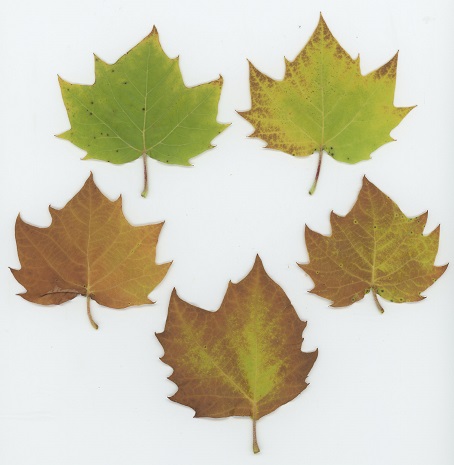
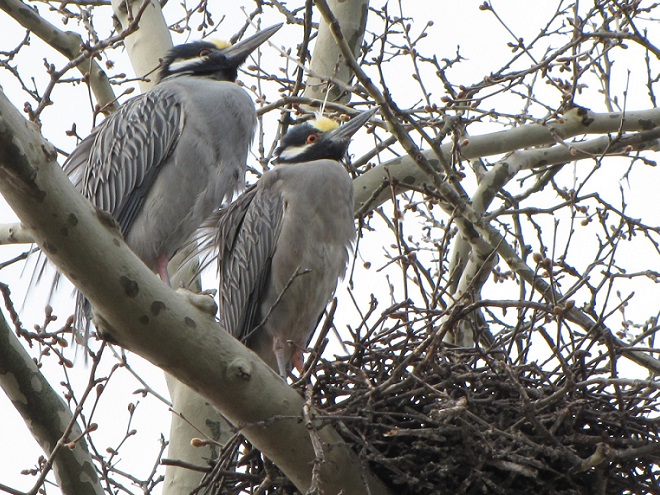
So don’t mow, do something positive and plant a buffer!
Act now to order your plants because deadlines are approaching fast. For links to the County Conservation District Tree Sales in the Lower Susquehanna River Watershed, see our February 18th post.

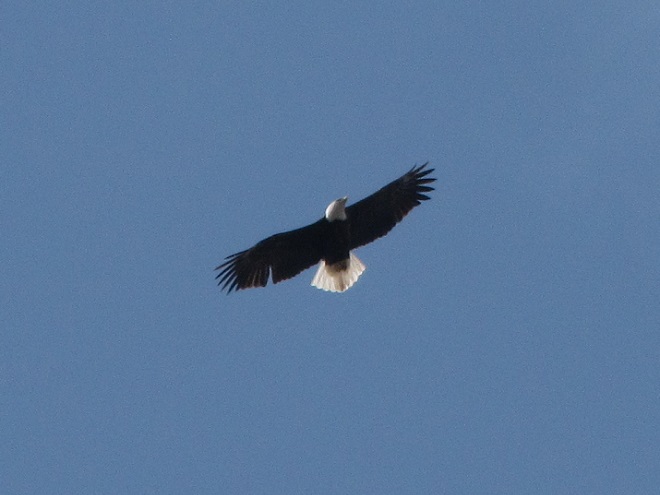
Flies? Cabbage White butterflies? Can it really be a late-February day? It certainly is. Here are a few more signs of an early spring.
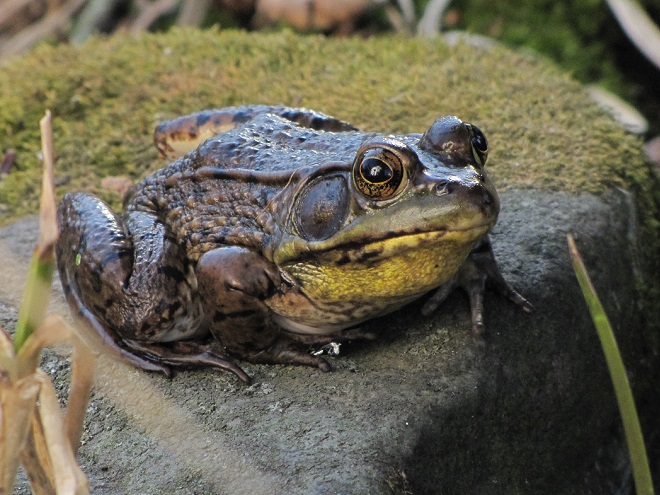
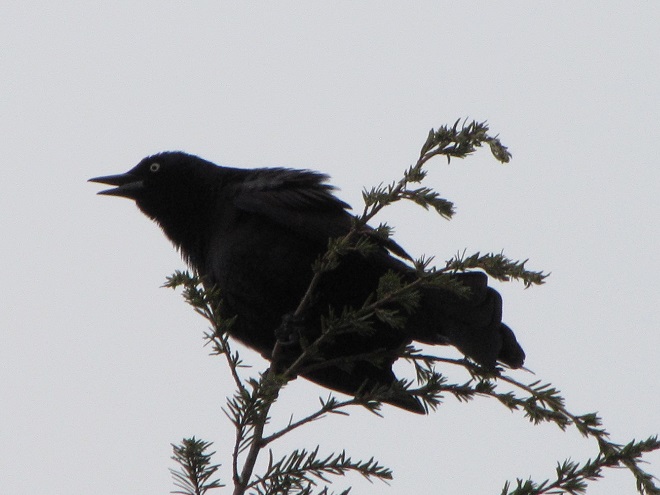
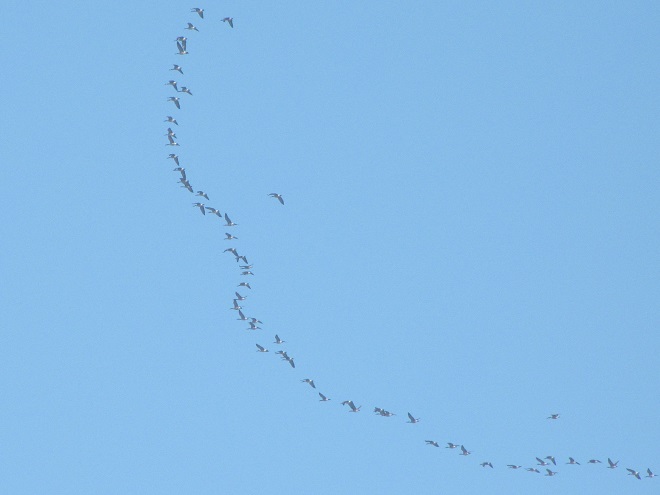
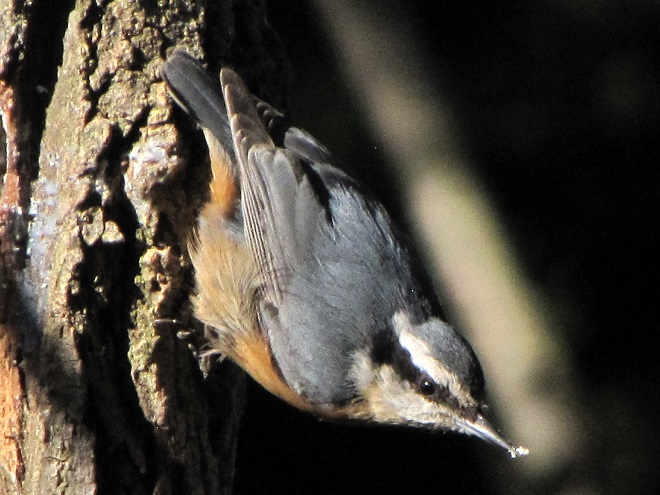
County Conservation District Tree Sales are underway throughout the Lower Susquehanna River Watershed. Now is the time to order for pickup in April. The prices are a bargain and the selection is fabulous. For species descriptions and more details, visit each tree sale web page (click the sale name highlighted in blue). And don’t forget to order bundles of evergreens for planting in mixed clumps and groves to provide winter shelter and summertime nesting sites for our local birds. They’re only $12.00 for a bundle of 10—can’t beat that deal!
Cumberland County Conservation District Annual Tree Seedling Sale—
Orders due by: Friday, March 24, 2023
Pickup on: Thursday, April 20, 2023 or Friday, April 21, 2023
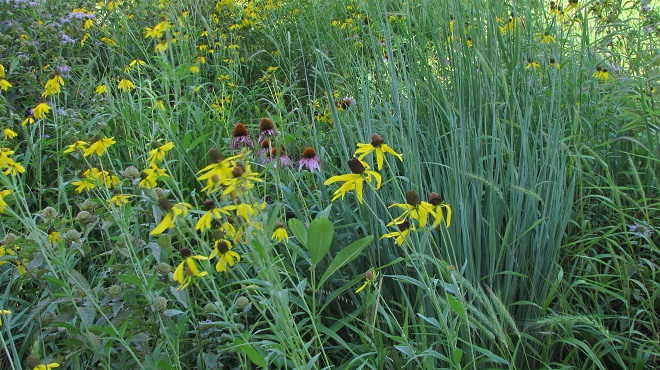
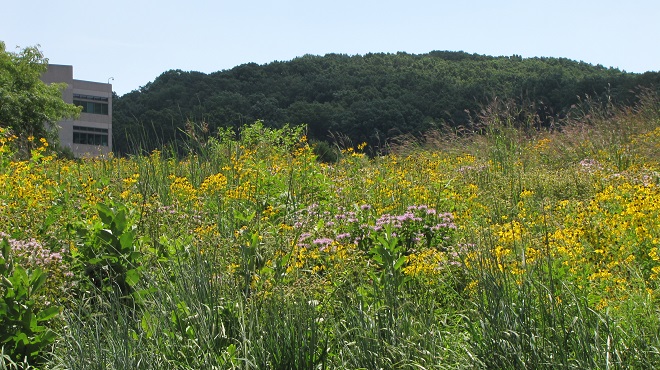
Dauphin County Conservation District Seedling Sale—
Orders due by: Monday, March 20, 2023
Pickup on: Thursday, April 20, 2023 or Friday, April 21, 2023
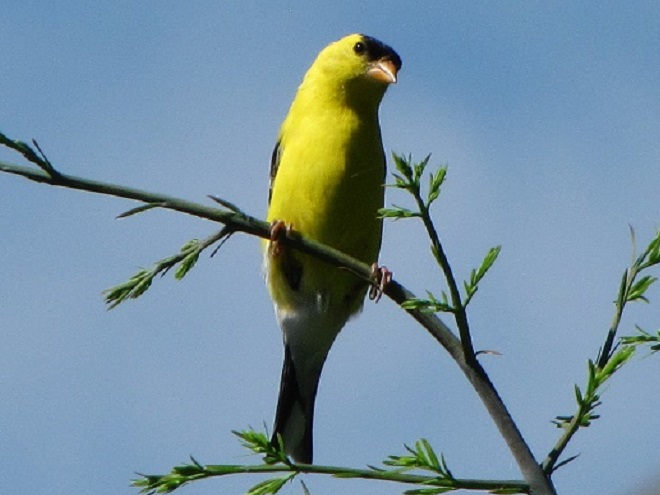
Lancaster County Annual Tree Seedling Sale—
Orders due by: Friday, March 10, 2023
Pickup on: Thursday, April 13, 2023
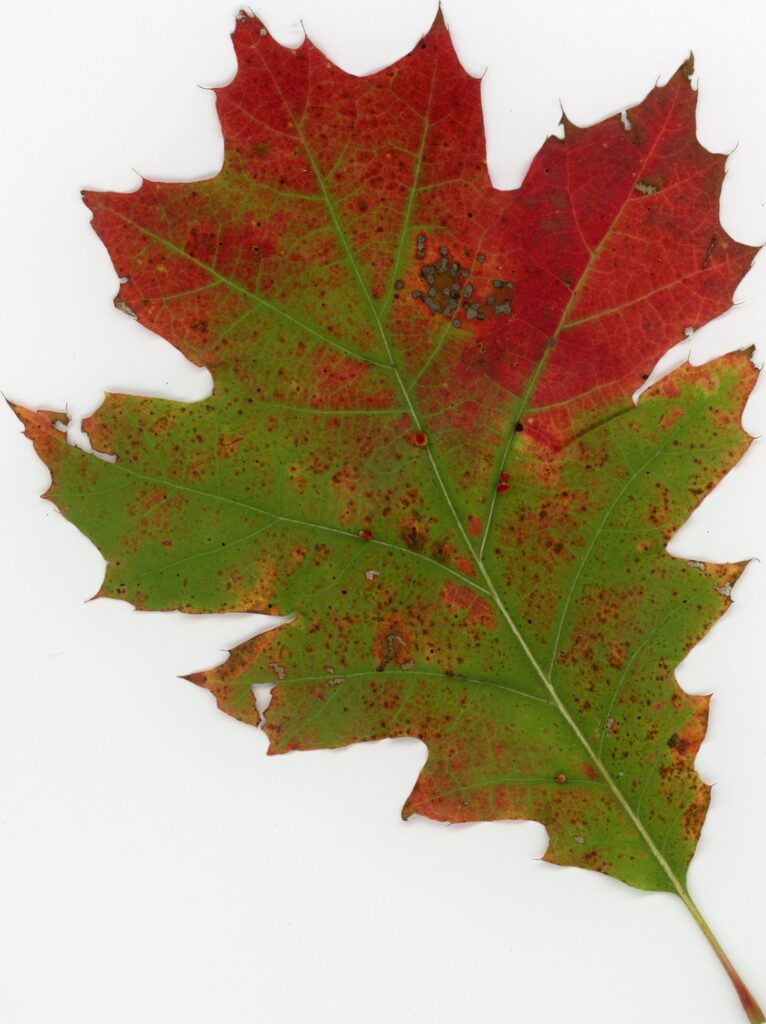
Lebanon County Conservation District Tree and Plant Sale—
Orders due by: Wednesday, March 8, 2023
Pickup on: Friday, April 7, 2023
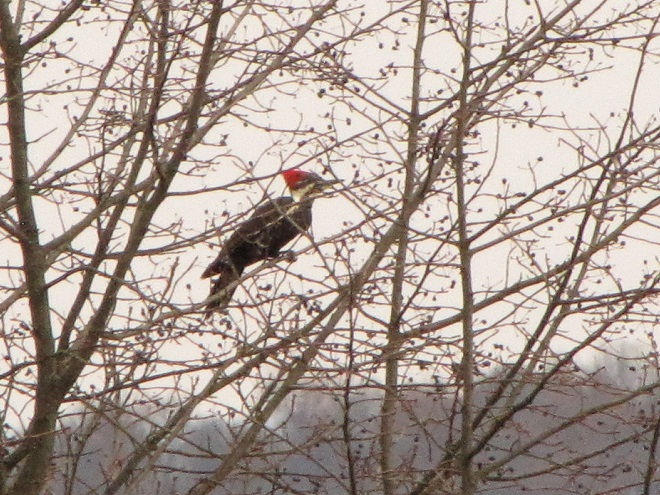
Perry County Conservation District Tree Sale—(click on 2023 Tree Sale Brochure tab when it scrolls across the page)
Orders due by: March 22, 2023
Pickup on: Thursday, April 13, 2023
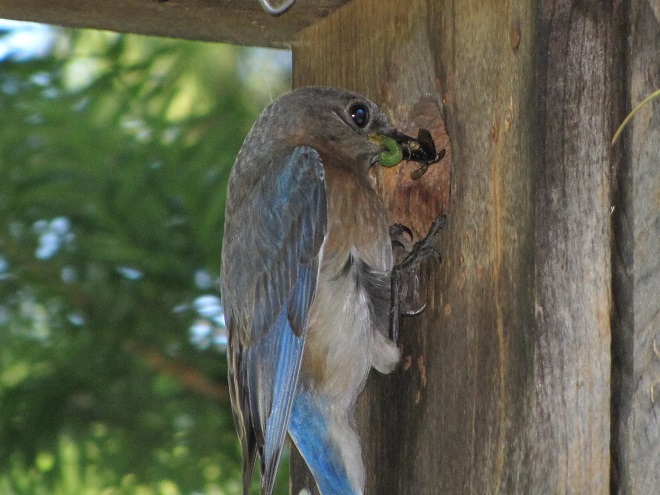
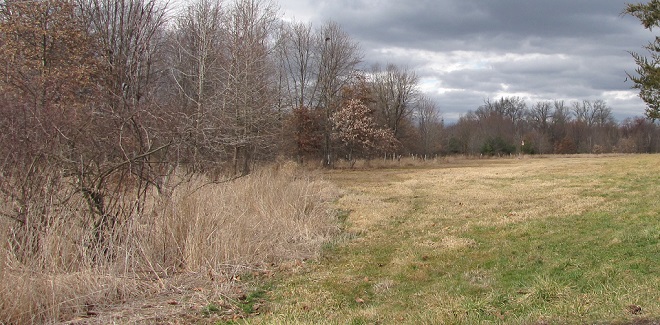
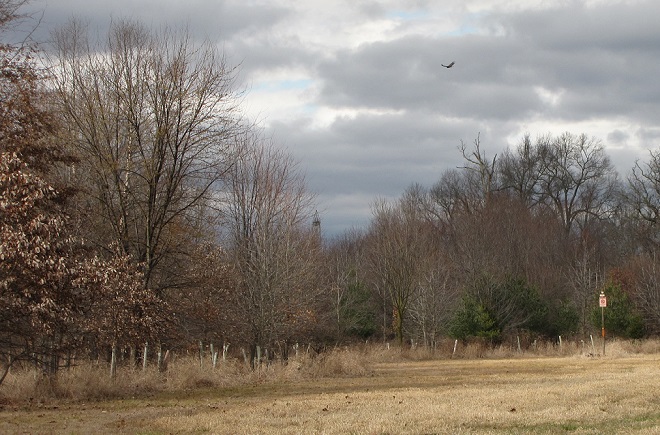
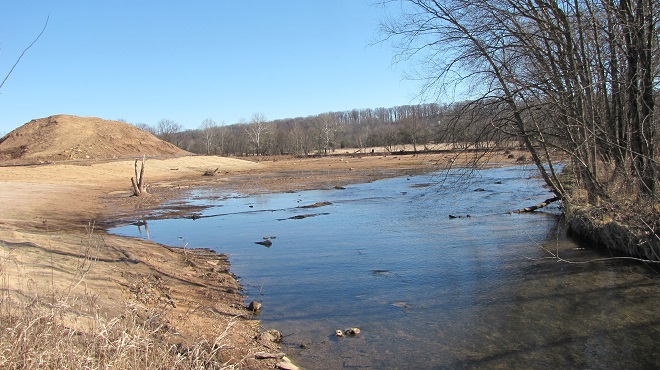
To learn more about this project and others, you’ll want to check out the Landstudies website.